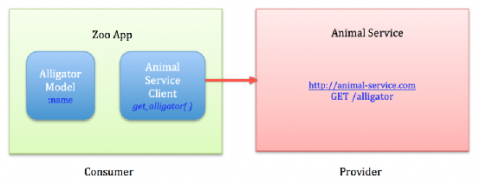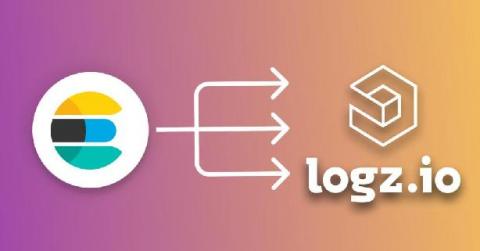How Uptime.com can Help Improve Internal Documentation
An acquaintance of mine works for a company that still uses Windows XP to manage some internal applications. The higher ups of the company refuse to adopt the new versions, given costs and technical gaps, and it’s created something of a Pandora’s box for employee turnover. With no strong internal reference documentation, each new departure leaves IT wondering two things. This rather amusing conundrum is apparently not an isolated incident.











